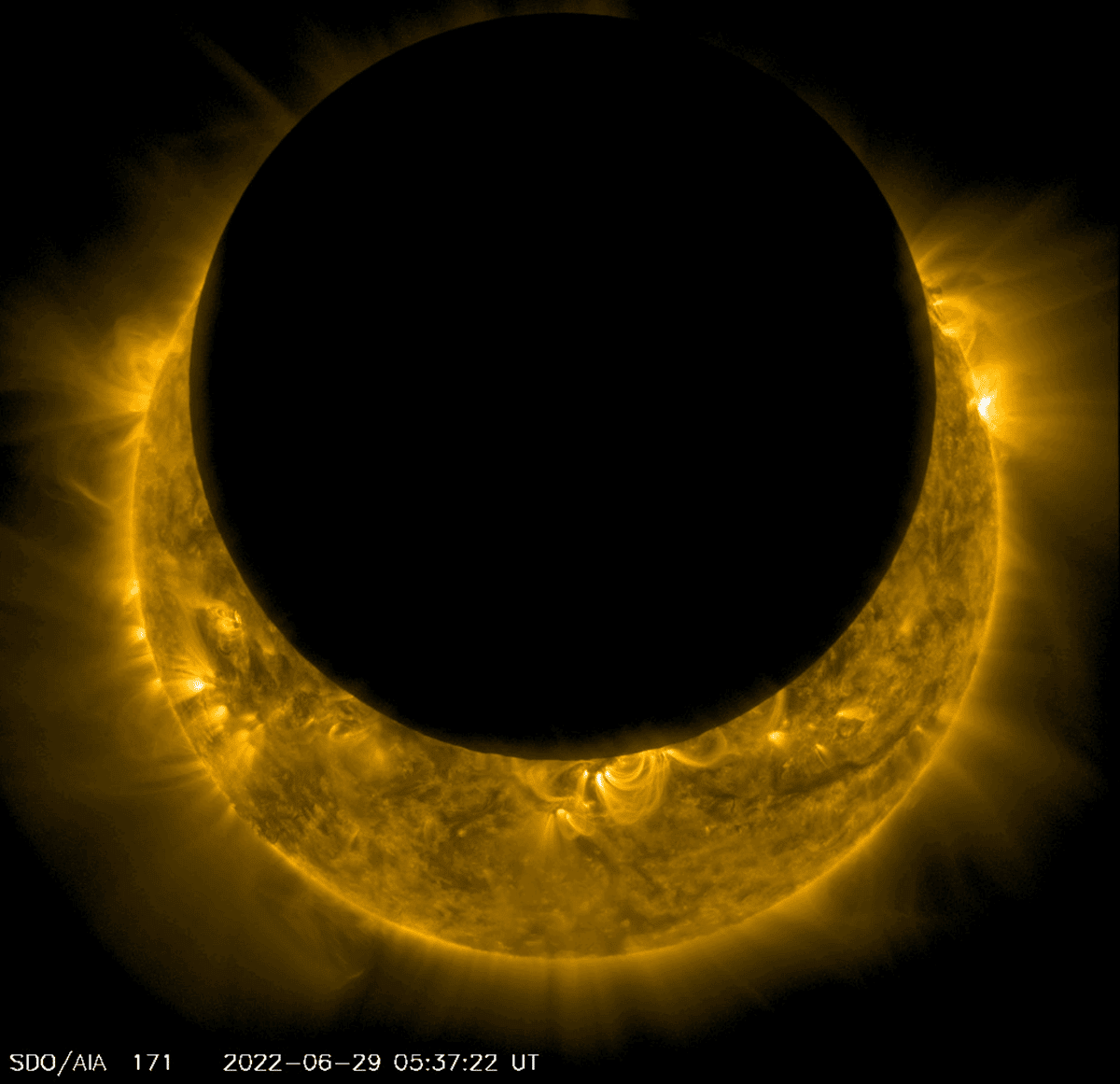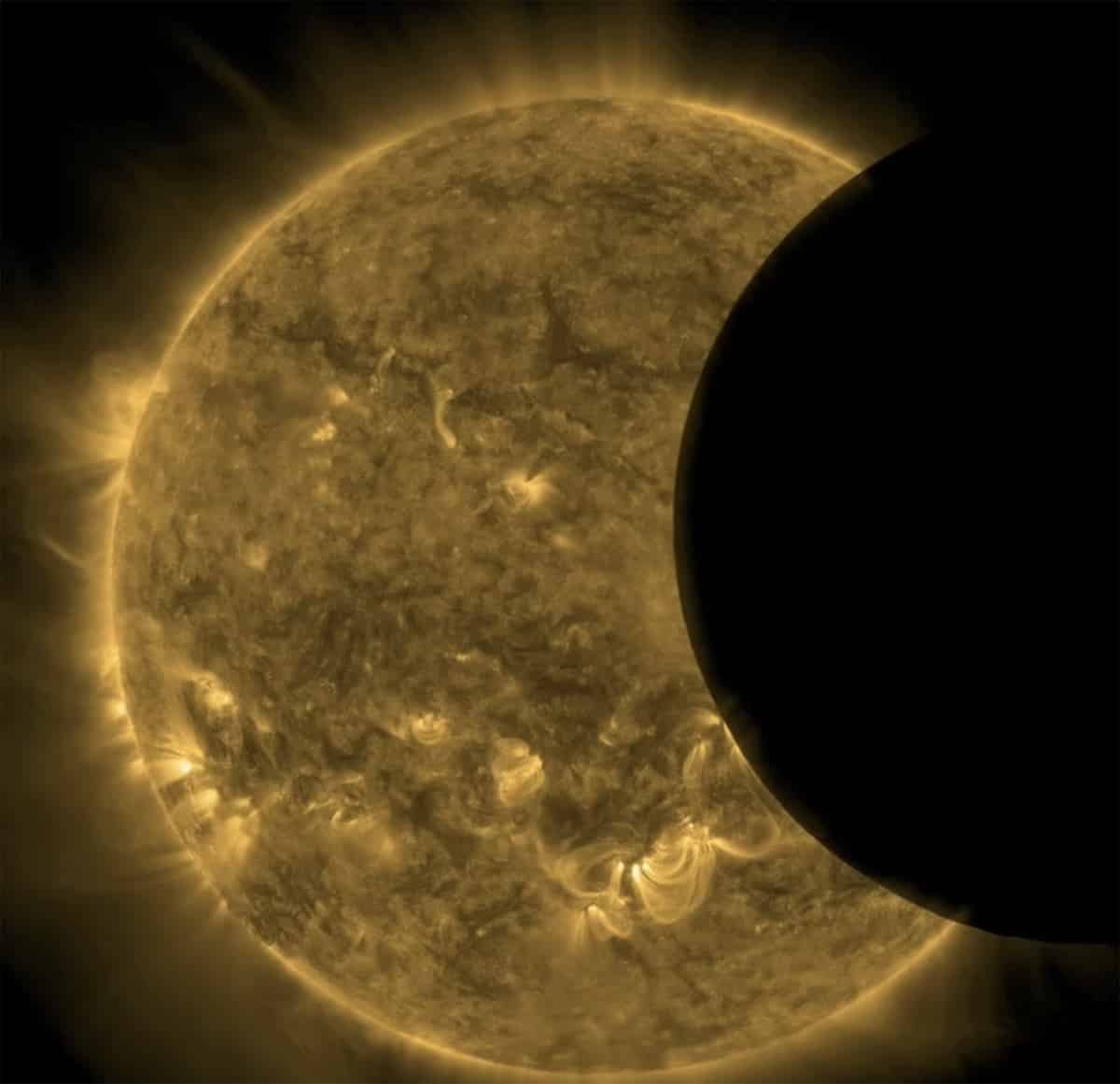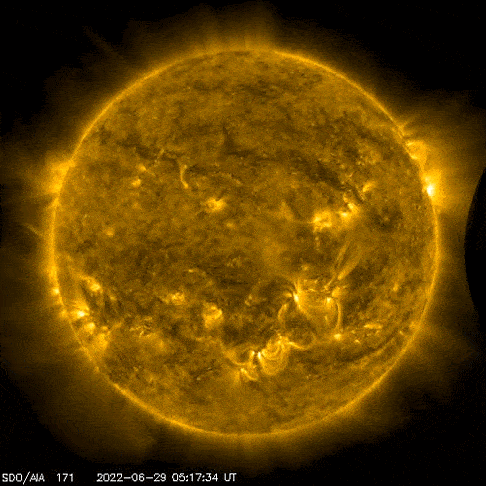NASA’s Solar Dynamics Observatory observed a solar eclipse on June 29, 2022.
However, NASA’s hyper-modern technology has no such limitations.
TheirSolar Dynamics Observatory(SDO) tracks, photographs, and studies theSun from space.

NASA’s Solar Dynamics Observatory observed a solar eclipse on June 29, 2022. (Photo:NASA/SDO/AIA/LMSAL)
The eclipse occurred on Wednesday, June 29, 2022.
SDO is a NASA mission to document and explore both space and Sun.
Solar flares andcoronal mass ejections(CMEs) are of particular interest to the mission.

NASA’s Solar Dynamics Observatory observed a solar eclipse on June 29, 2022. (Photo:NASA/SDO/AIA/LMSAL)
With its high-powered imaging mechanisms, SDO captured the moon passing between it and the Sun.
The entire phenomenon passed by in about 25 minutes.
The Moon blocked about 67% of the Sun’s flaming surface.

NASA’s Solar Dynamics Observatory observed a solar eclipse on June 29, 2022. (Photo:NASA/SDO/AIA/LMSAL)
This may also be the closest picture of the Sun’s surface many people have seen.
NASA’s Solar Dynamics Observation.

NASA’s Solar Dynamics Observatory observed a solar eclipse on June 29, 2022. (Photo:NASA/SDO/AIA/LMSAL)

NASA’s Solar Dynamics Observation. (Photo:NASA/Goddard Space Flight Center/Conceptual Image Lab)